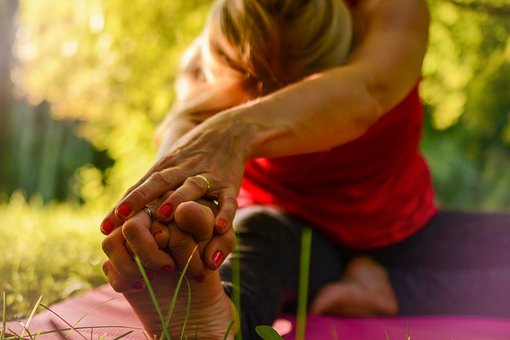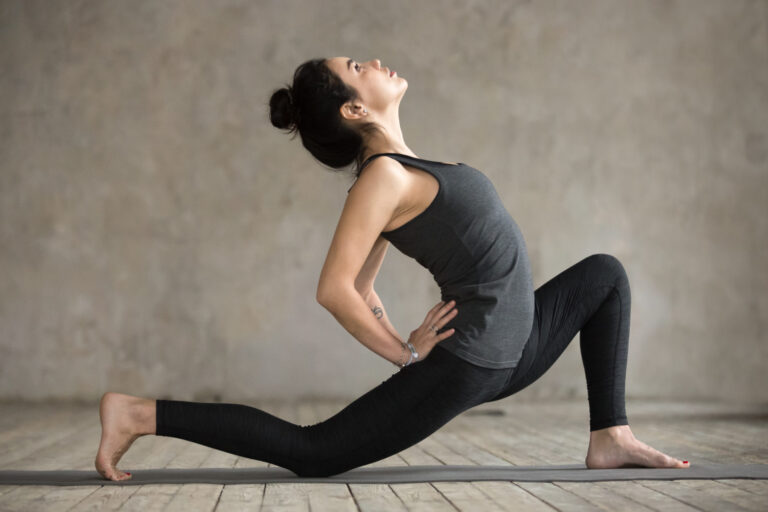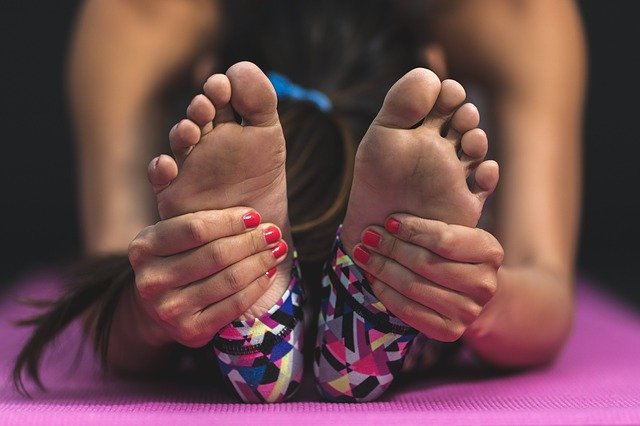This post will give you the most important muay thai stretches for flexibility and mobility as well as injury prevention and recovery from hard training.
Stretching for muay thai is an important aspect of training and for all pro fighters muay thai stretches are performed before and after training.
There are three opportune times to perform stretches for muay thai to help you improve mobility and flexibility and stay training consistently due to injury prevention.
Each time will have a more suitable type of stretching to perform, recommended as:
- Before training – dynamic stretches with some static stretching
- After training – mostly static stretching with long deep holds on each stretch
- Dedicated mobility sessions – advanced techniques such as joint distraction and soft tissue work
1. Muay thai stretches before training
Alsmot all muay thai gyms in Thailand and outside of Thailand as well perform stretches, usually after running (20 mins – an hour of running).
The stretches performed are mostly static in nature.
Static stretches are those in which you stand, sit or lie still and hold a single position for period of time, up to about 45 seconds.

If you are training in a group it is most likely you will follow the group in performing static muay thai stretches before training which can be beneficial for further loosening up the body before hard training.
In terms of warming up, you should already be sweating a bit and feeling nice and warm from your jogging or shadow boxing.
Never perform static stretches without first warming up the body and getting a nice little sweat in before stretching.
Preferred Option for Pre-Training Muay Thai Stretches
Dynamic stretches is one preferred option for many people for muay thai stretches to do before training.
Dynamic stretches involve more movement than static stretches.
As active movements (stretches) your joints and muscles will go through a full range of motion.
Together with running and shadow boxing or skipping, dynamic stretches will help warm up the body before muay thai training.
Dynamic stretches can be functional and mimic the movement of the activity or sport you’re about to perform.
So shadowboxing in itself done in a relaxed manner is also a form of dynamic warmup/stretching.
Focus on Loosening Up and Lubricating the Joints
Performing circles with your wrists, ankles and shoulders and rotating your hips in circular motion in slow controlled movements are great movements to perform to get your body ready for muay thai training.
Performing a combination of dynamic stretches together with running, shadow boxing and skipping rope are excellent ways to warm up before muay thai training.
Static stretches also can be performed to loosen up muscles – but only after you are warmed up.
Research however has shown that static stretching before training may result in less strength and power in your training.
Therefore many people prefer to do dynamic stretching before training and save static stretching for post training.
2. Post Training Muay Thai Stretches
After hard muay thai training, stretching is crucial so that you can recover and address any tight areas before your next training session.
For pro fighters, your next training session could be in a few hours so it is important to stretch well and cool down after training for adequate recovery.
Post training is also an opportune time for static stretching.
The main areas to focus on to get the best bang for your buck would be the larger muscle groups that are crucial for muay thai
These include:
- hips
- hamstrings
- quads
- calves
- lower back
- lats
- shoulders
- neck
- bicpes
- triceps
There are a tonne of free resources out there for post training stretching and many are also focused on stretching for muay thai.
Here are some of the crucial static stretches that will keep you training harder for longer and help recover for your next session.
1. Child’s Pose

Excellent for stretching out the back, neck and shoulders. Hold for 2-3 sets of 30 secs.
2. Upward Dog

Stretches the chest, back and abdomen and strengthens the spine.
3. Hamstrings

Crucial for keeping your legs in good health, supple and mobile.
4. Hip Flexors

Hip flexors are crucial for muay thai kicking, kneeing and overall movement.
5. Thread the Needle – Shoulder Stretch
Keeping your shoulders supple and strong is crucial for muay thai and this stretch will help after training.
There are many more stretches you can perform after training in order to keep supple and loose and recover for your next session.
I have included my 5 favourite stretches for post muay thai training that will help you get the most bang for your buck.
However in order to take your mobility, flexibility and injury revention and performance to the next level, it is recommended that you perform dedicated muay thai stretching and mobility sessions outside of your Pre and Post training stretching.
3. Dedicated Muay Thai Mobility Sessions
If you can allocate 1-2 sessions of 30-45 minutes per week for mobility and muay thai stretching then you wll deifnitely reap the benefits of improved mobility and technical execution or techniques as well as injury prevention.
Your full mobility sessions should include warm ups and cool down as well and should be a mix of static and dynamic stretches.
But in your dedicated mobility sessions there are more advanced techniques and methods you can use to further improve your mobility and flexibility.
Advanced Muay Thai Stretching and Mobility Techniques
When it comes to muay thai and mobility and flexibility the area that you can work on to get the most out of your time is your hips.
Specifically hip mobility will allow you to perform kicks and knees, shin blocks more efficiently to conserve energy.
The problem with most conventional stretches and even all those discussed above is that they do not adequately address the hip capsule.
A leading authority in the area of flexibility, Michael.J Alter attributes as much as 47% of movement restriction (hips included) to the joint capsule itself and 41% to muscle and fascia.
Therefore the two advanced methods below address areas not often considered by nak muay – i) joint capsule restriction ii) fascia.
Both factors can contribute up to as much as 50% of restriction according to Alter.
Here is how to address them:
i) Joint distraction – banded stretching
By using a resistance band when stretching you can directly address the hip capsule as well as muscle you are focusing on with the stretch.
Lets look at the hips specifically as they are crucial for muay thai.
The use of the resistance band effects upon the hip capsule through separating the joint surfaces from one another and creating more ‘space’ in the capsule. This allows for more freedom of movement and with good technique will result in higher, faster and more powerful muay thai kicks.
ii) Soft tissue release
Addressing the fascia is another crucial area for muay thai flexibility that may not be addressed adequately by most nak muay.
By using a foam roller, tennis or basebell and even massage gun you can effectively address the soft tissue and improve mobility and flexibility.

Wrap Up
By making the most of your stretching at the three recommended times of i) pre-training ii) post-training and iii) dedicated sessions and using the different types of stretches and advanced techniques discussed – you will be able to greatly improve your muay thai.
Focusing on the hips and the most crucial stretching exercises for hip mobility will give the most bang for your buck.
Joint distraction and soft tissue work will further boost your flexibility and mobility for muay thai.




